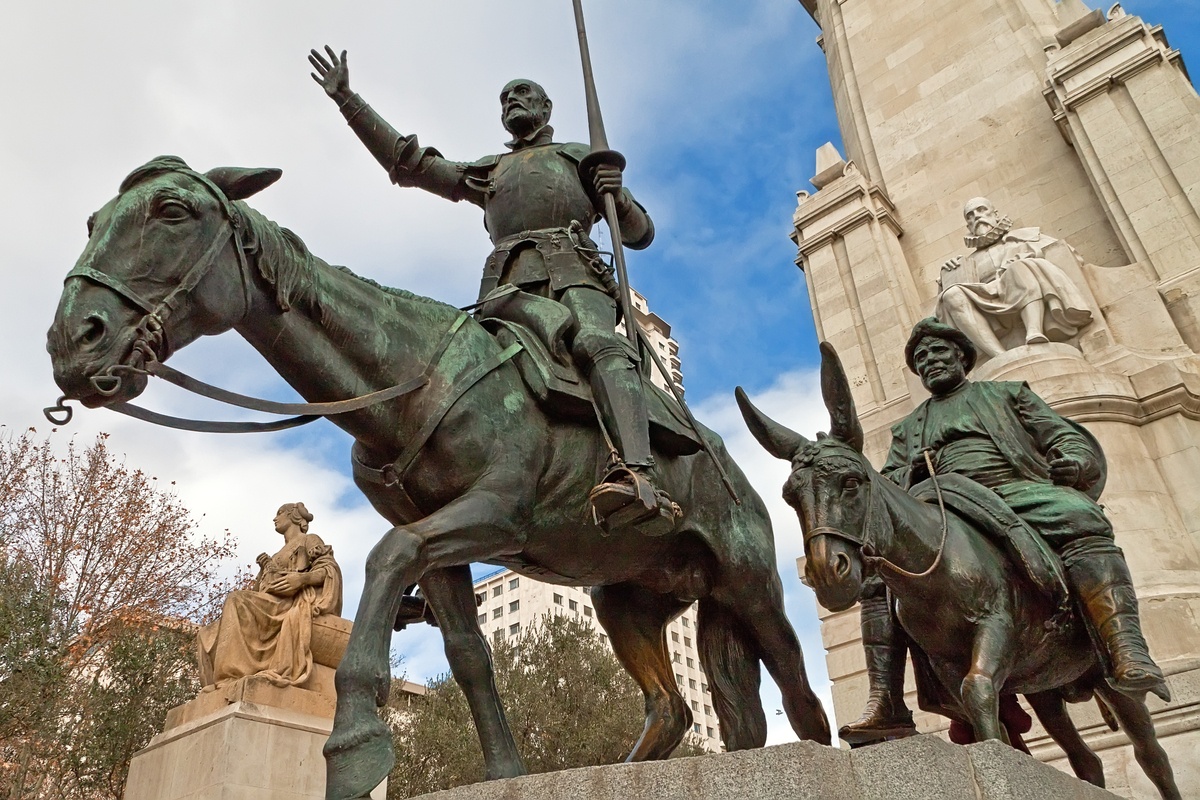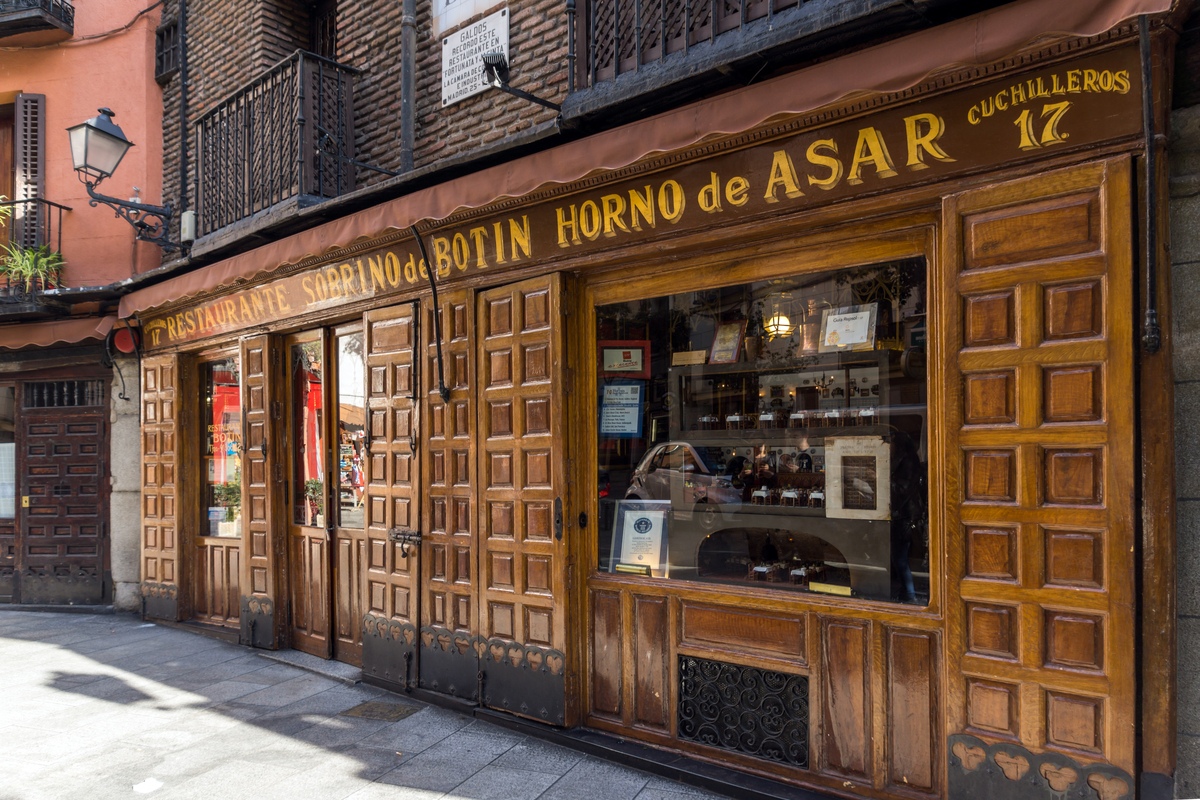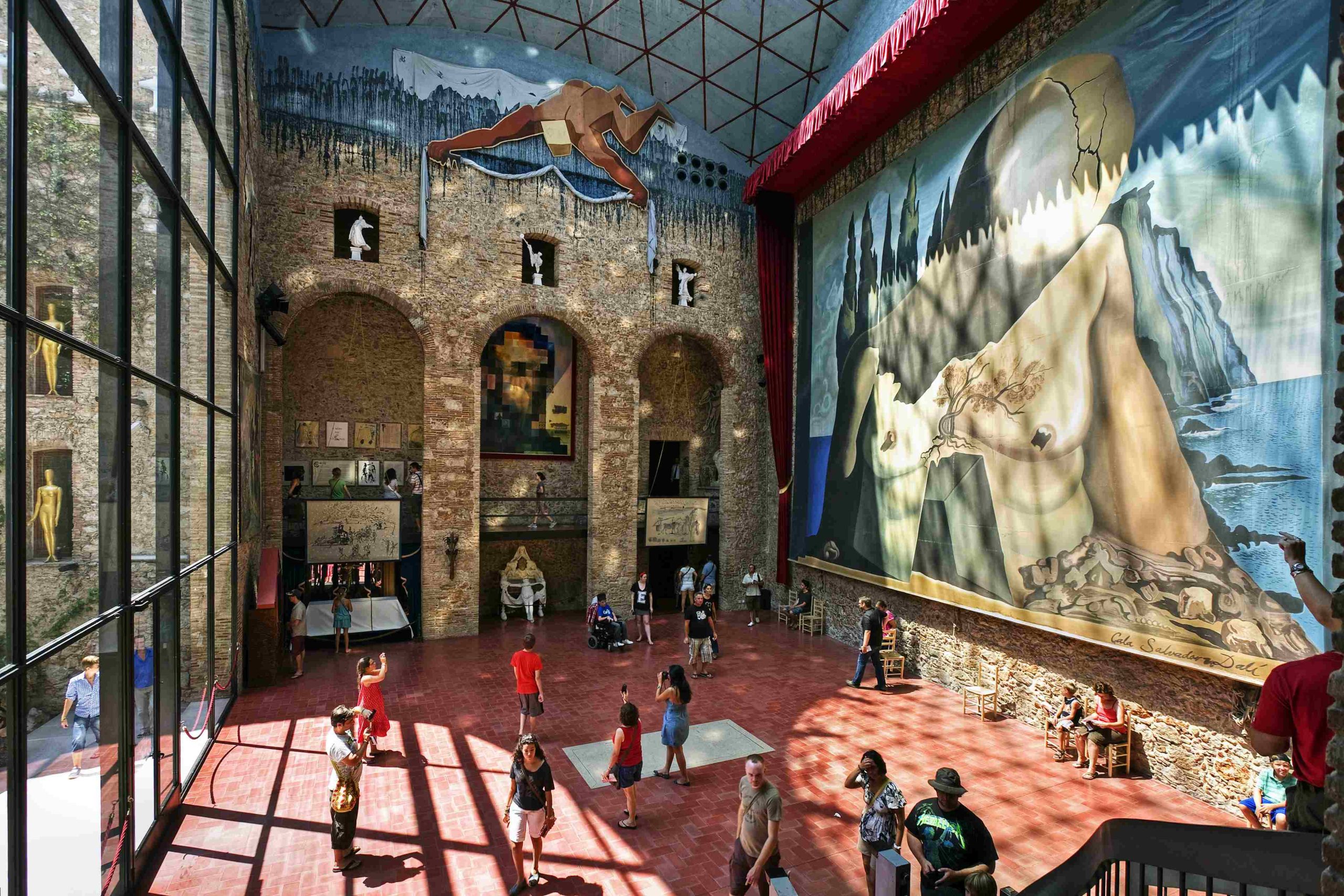Spain is the land of fiestas, flamenco, tapas and passion! This endlessly popular travel destination draws visitors from across the globe, who flock to enjoy the golden coastlines, vibrant cities, world-famous cuisine and rich cultural scene. It’s a diverse country that boasts a fascinating history, beautiful landscapes and often quirky traditions. To celebrate Spain’s National Day on 12 October, Expat Explore has put together a list of 15 facts about Spain that may surprise you!
Whether you are enjoying the world-famous islands, experiencing the high-spirited atmosphere of Las Ramblas, exploring the charming towns steeped in history or tucking into a plate of tasty paella, you’re sure to encounter Spain’s unique flair!
Here are 15 surprising facts about Spain:
1. Spain is home to the fourth-highest number of UNESCO World Heritage Sites.
Spain boasts the fourth-highest number, just behind China and Italy. As of August 2021, there are 49 World Heritage Sites in the country. Visit Spain and you’ll have the chance to experience incredible additions to the list like the Alhambra, the works of Antoni Gaudí’s including La Sagrada Família and the Camino de Santiago.

2. La Sagrada Família has been under construction for 130+ years!
Despite not being completely built, La Sagrada Família is one of the most iconic buildings in Spain. Antoni Gaudí’s masterpiece is an unfinished Roman Catholic basilica located in Barcelona. The church is a shining example of Gaudí’s fantastical architectural style which began construction in 1882 and continues today. It’s hoped that it will be complete by 2026 (on the centenary of Gaudí’s passing), however construction has been delayed by Covid-19.

Related: See La Sagrada Família and more of Gaudí’s designs in Barcelona on the Taste of Spain tour.
3. Spanish is one of the most widely spoken languages in the world.
Spanish is spoken by more than 45 million people around the world! The language is second to Mandarin Chinese and one spot above English. Due to its colonial past, Spain still holds a cultural influence in many countries around the world. Spanish is the official language of 18 countries including Mexico, Argentina, Costa Rica and Peru.
While Spanish is the official language of Spain, there are several “co-official languages” and different dialects are spoken across different regions. As you travel, you’ll encounter Catalan, Basque, Galician and Aranese Spanish!

4. The world’s first “modern novel” was written by a Spanish author.
Don Quixote by Miguel de Cervantes was first published in 1605. Many consider it to be the world’s first modern novel and it has been translated into 145 languages! After 400 years, the novel still boasts a major influence in modern western literature.

5. Madrid is home to the world’s oldest restaurant.
Take a look at the Guinness Book of Records and you’ll find that Madrid is home to the world’s oldest restaurant! Sobrino de Botín is a cosy Spanish eatery that opened in 1725 and still operates today! Pay a visit and try Sobrino de Botín’s speciality cochinillo asado (roast suckling pig).

6. Spain hosts a number of famous (and quirky!) festivals.
Spain hosts a number of festivals, from the well known to the quirky! Two of the most well known are San Fermin (Pamplona Bull Run) held in July and La Tomatina, held in August, which is basically the world’s biggest food fight and sees thousands of locals and tourists gather to throw tomatoes at each other! Las Fallas de Valencia (Festival of Fire) is a dazzling few days of celebration filled with pyrotechnics and firework displays. Less of a festival and more of a tradition is Concurs de Castells which takes place in Tarragona, Spain. This event involves men, women and children of all ages coming together to compete by building human towers!

Related: Time your trip to Spain and experience one of these fun festivals first hand! Why not include a trip to Portugal on your Spain tour?
7. When celebrating New Year’s Eve in Spain be prepared to eat a dozen grapes!
Las doce uvas de la suerte (the twelve grapes of luck) is a Spanish New Year’s Eve tradition (and superstition). As the clock strikes midnight on the new year, it is tradition to eat a dozen grapes. If you can eat one grape for each chime of the clock, it is said that you will have good luck for the new year!

8. Spain has a tooth mouse instead of a tooth fairy.
Instead of leaving their teeth for a tooth fairy, Spanish children leave their lost teeth for a tooth mouse named Ratoncito Pérez. In 1894, author Luis Coloma was asked to craft a tale for Alfonso XIII, the eight-year-old King of Spain. Alfonso had just lost his first tooth. According to the story, the small Rataoncito Pérez comes to collect the tooth from underneath your pillow while you sleep and leaves a small gift of money.

9. There are no words in the Spanish National anthem.
If you are in Spain and attend an international sports match and can’t wait to sing along, you’ll be waiting a while! There are no lyrics for “La Marcha Real”, only a sweeping tune. The song is also one of the world’s oldest anthems as it was written in 1761.

10. Siestas are taken seriously in Spain!
A siesta is a short nap taken in the afternoon, usually after the midday meal. In Spain, siestas are part of everyday life and it is common to find that many stores close during siesta time, usually between 2pm and 5pm. In the warmer Mediterranean climate, this midday nap allows people to rest, enjoy a break from work and take it easy during the hottest part of the day. These midday breaks could be why Spaniards have one of the highest life expectancies in the world!

11. Some of the world’s greatest artists were Spanish.
Spain has produced some of the world’s greatest artistic talents. Great artists like Diego Veláques, Francisco Goya, El Greco and Joan Miró all hailed from Spain. Modern masters Pablo Picasso and Salvador Dalí were also Spanish.
You can visit the Dalí Theatre-Museum in Figueres, Catalonia. Fans of Picasso can visit the Picasso Museum in Barcelona.

12. There is a town in Spain with a unique Japanese legacy.
In Coria del Río, about 700 of the 24,000 locals have the surname “Japón”. This surname is a legacy of the first official Japanese envoy to Spain, including six samurai, in 1617! The delegation settled in the town near Seville and the residents took on the surname Hasekura de Japón (eventually becoming Japón over the years).

13. On Christmas, people celebrate with “Tio de Nadal”.
Visit Spain at Christmas time and you’ll most likely encounter this cheerful little chap! Tió de Nadal loosely translates to “Christmas log” and is a Catalonian Christmas tradition. A hollow log is decorated with a smiling face and is slowly “fed” (filled with treats) until Christmas Eve. Then, family members take turns beating the wooden log until it “defecates” into the fireplace and releases all the treats. Now the nickname “Caga Tio” (poo log) makes a bit more sense!

14. It’s customary to have two surnames in Spanish culture.
In Spanish culture, people have two surnames instead of one. You’ll receive the first surname from your father and the second from your mother. When addressing them in everyday life, you’ll usually only use one surname (usually the first).

15. Interestingly, nudity is legal in Spain but driving barefoot is against the law.
While public nudity may be outlawed across most of the world, there are no laws against it in Spain. Although, it is frowned upon and regional laws prohibit it in cities like Barcelona, so be careful where you choose to disrobe. However, be warned that if you decide to drive barefoot or while wearing flip flops you may feel the cool hand of the law as these two acts are illegal. Who’d have thought?

Have these fun facts about Spain inspired you to visit this fascinating country? Are you excited to behold La Sagrada Família with your own eyes or eat a meal at the world’s oldest restaurant? Unless you’re about to have a siesta, there is no time like now to start planning your next trip to Spain!

3 responses to “¡Ay, caramba! 15 Interesting facts about Spain”
wow thanks for the information. i will now use this for my Spanish project. thanks a lot
This really helped me with Spain homework thank you
Hi Jasmine, we are so pleased to hear that! Enjoy your trip to beautiful Spain!